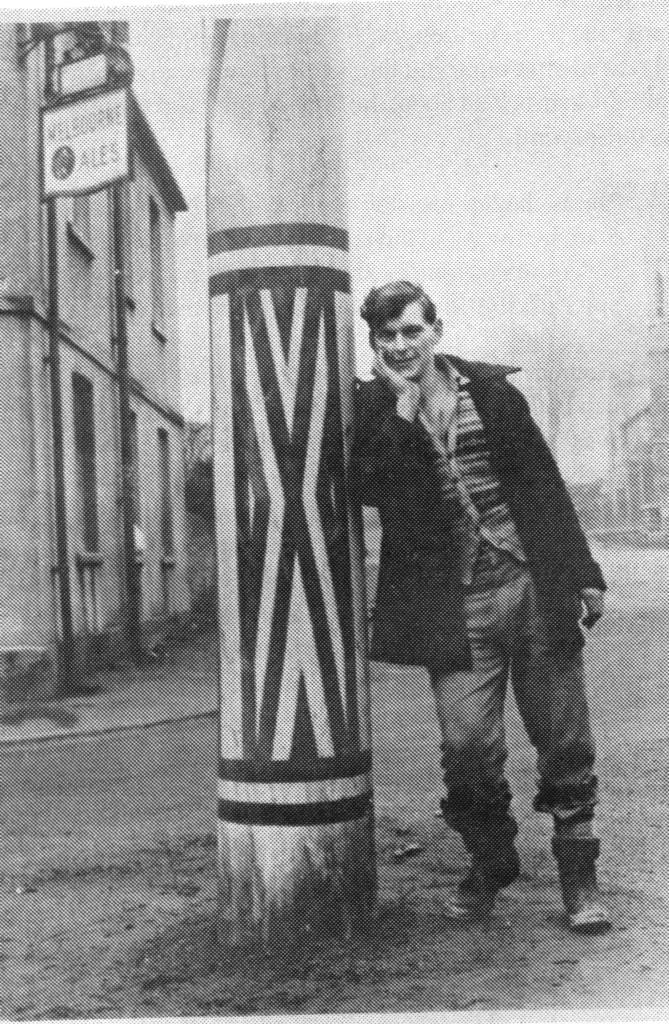
Arthur Nicholls and the Maypole 1960
| "It is beginning to assume the proportions of a local Everest or Kanchenjunga to the residents of Barwick-in-Elmet, the old world village seven miles from Leeds and they want a man with Sir Edmund Hillary's spirit to climb their 93-feet-high maypole." |

From the recollections of ARTHUR NICHOLLS. |